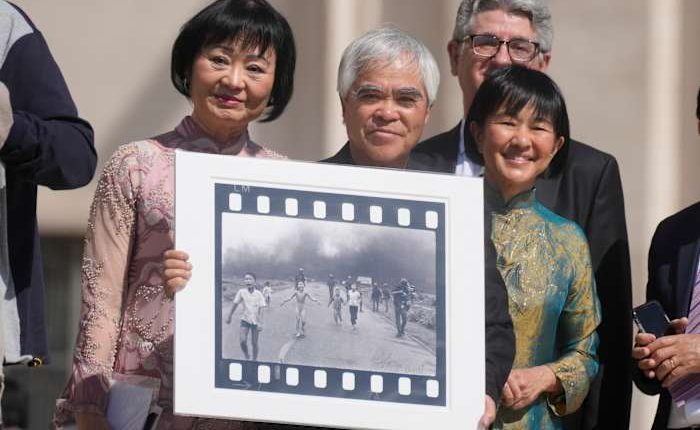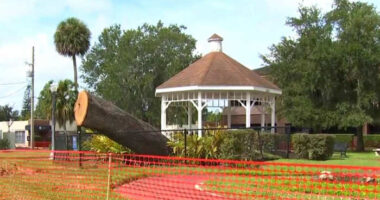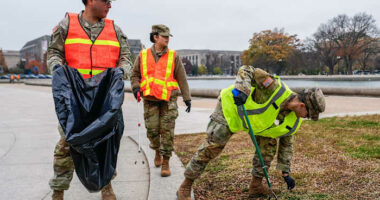Share this @internewscast.com

An organization that originally awarded The Associated Press’ Nick Ut with the “photo of the year” in 1973 for capturing an image of a girl fleeing a napalm attack during the Vietnam War has decided to “suspend its attribution” to Ut due to uncertainties regarding the true photographer.
A report from World Press Photo on Friday further complicates an already contentious issue within the photography community, ignited by the film “The Stringer,” released earlier this year, which cast doubt on Ut’s claim to the photograph. This image of a naked and frightened Kim Phuc has become a powerful emblem of the war’s devastation.
Following two separate inquiries, The Associated Press concluded there was insufficient conclusive evidence to revoke Ut’s credit for the photo. The AP maintained it was plausible Ut took the picture, though the time lapse made it challenging to confirm with certainty, and no proof could be found to attribute the work to anyone else.
World Press Photo said its probe found that two other photographers — Nguyen Thanh Nghe, the man mentioned in “The Stringer,” and Huynh Cong Phuc — “may have been better positioned” to take the shot.
“We conclude that the level of doubt is too significant to maintain the existing attribution,” said Joumana El Zein Khoury, executive director of World Press Photo. “At the same time, lacking conclusive evidence pointing definitively to another photographer, we cannot reassign authorship, either.”
World Press Photo, an organization whose awards are considered influential in photography, won’t attempt to recover the cash award given to Ut, a spokeswoman said.
Ut’s lawyer, James Hornstein, said his client hadn’t spoken to World Press Photo after some initial contact before “The Stringer” was released. “It seems they had already made up their mind to punish Nick Ut from the start,” he said.
Gary Knight, a producer of “The Stringer,” is a four-time judge of the World Press Photo awards and a consultant to the World Press Photo Foundation.
The AP said Friday that its standards “require proof and certainty to remove a credit and we have found that it is impossible to prove exactly what happened that day on the road or in the (AP) bureau over 50 years ago.”
“We understand World Press Photo has taken different action based on the same available information, and that is their prerogative,” the statement said. “There is no question over AP’s ownership of the photo.”
Meanwhile, the Pulitzer Prize that Ut won for the photo appears safe. The Pulitzers depend on news agencies who enter the awards to determine authorship, and administrator Marjorie Miller — a former AP senior editor — pointed to the AP’s study showing insufficient proof to withdraw credit. “The board does not anticipate future action at this time,” she said Friday.
___
David Bauder writes about media for the AP. Follow him at and https://bsky.app/profile/dbauder.bsky.social
Copyright 2025 The Associated Press. All rights reserved. This material may not be published, broadcast, rewritten or redistributed without permission.











